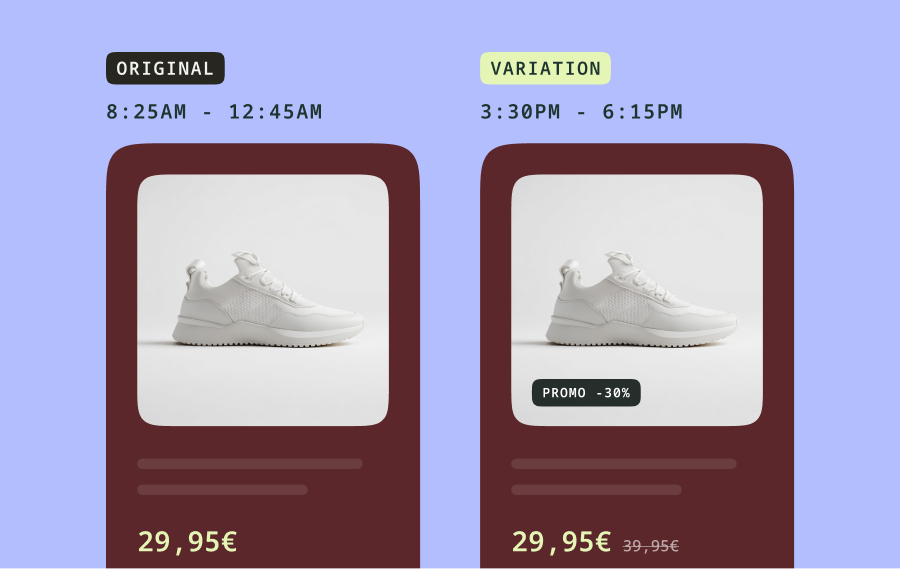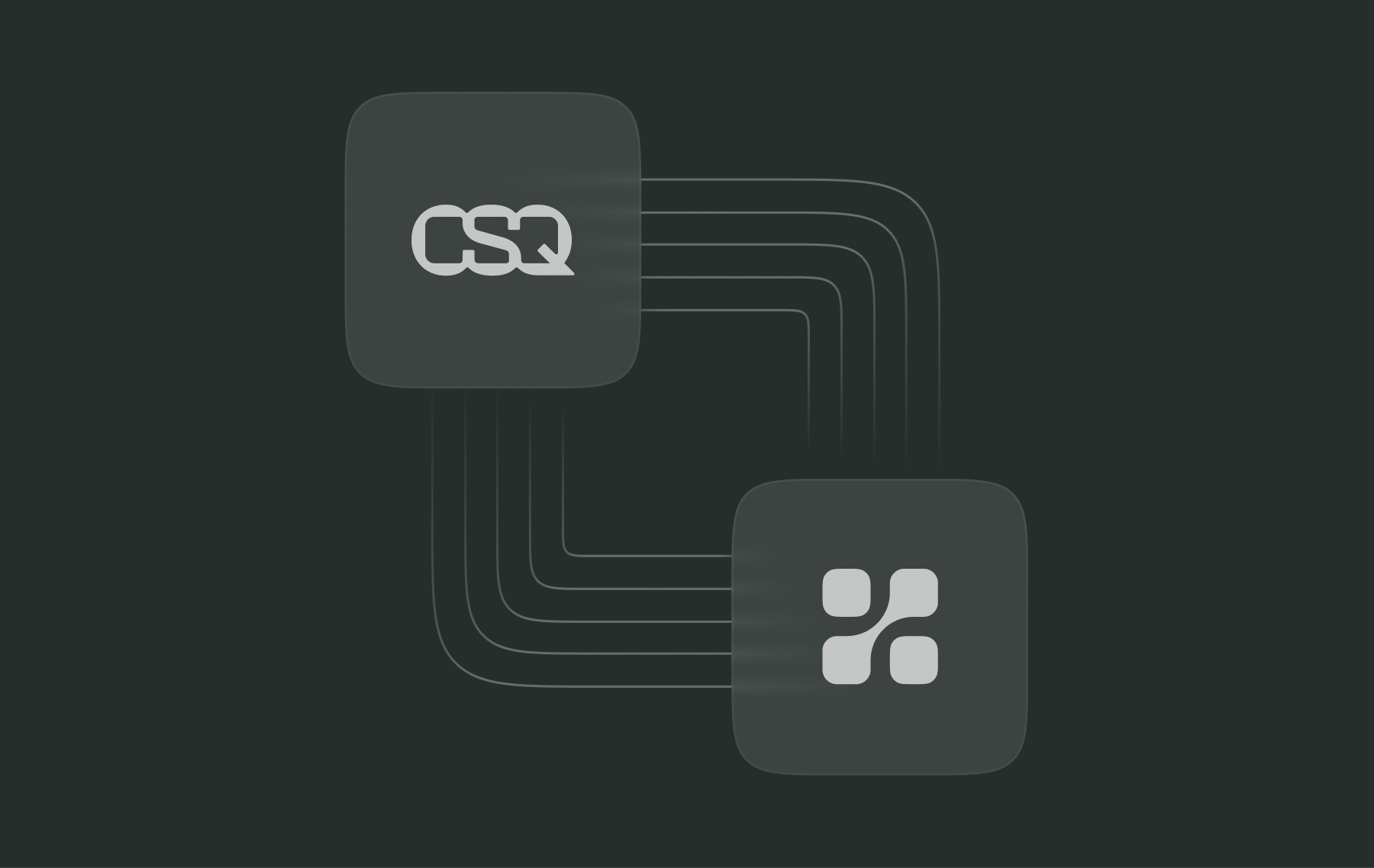What growth strategy combines new markets and new products?

What growth strategy combines new markets and new products? All-Team Experimentation.
All-Team Experimentation is a great way to get marketing-led growth (MLG) and product-led growth (PLG) teams working together to create more collaborative models. This approach helps gather valuable data that can be essential for launching new products in new markets.
In this article, we discuss how you can combine new markets and new products for your growth strategy using All-Team Experimentation.
What is marketing-led growth (MLG)
Marketing-Led Growth (MLG) refers to growth strategies which leverage marketing efforts as primary drivers of customer acquisition, retention, and product/service growth.
For MLG to be successful, marketing teams work to optimize their digital channels with a goal of driving conversions. For web experimentation, this process involves testing ways to improve UX and personalization for traffic arriving to your website.
Other MLG methods include audience building activities like content marketing, search engine optimization (SEO), email, and paid social or search campaigns. All MLG methods are designed to reach more customers, highlight the value of your products, and drive conversions.
Why companies choose MLG as their growth strategy
Companies choose MLG as their growth strategy because they want to introduce their product to a new market faster. By getting in front of your target audience with targeted campaigns, you can introduce them to your product and drive direct qualified traffic to conversion points.
Challenges of choosing MLG for new products
An MLG strategy helps you spread your product message to more audiences faster. However, it doesn't offer granular insights into the product itself. This means that, while you can reach new markets, you might struggle to adapt your product to fit those markets.
Imagine you're promoting a product to a new multilingual market, but the UX doesn't dynamically support different languages. As a marketer, you can get users to sign up, but you don't have the resources to flag, test, and update these language features in real time.
Web experimentation, for example, enables you to test and optimize conversion journeys. However, as you know, the customer journey doesn't end at purchase.
Without collaborating with your product team, it’s hard to know if customers face issues post-purchase. This lack of post-conversion data can hinder your product's growth in a new market.
The case for web experimentation
Web experimentation helps your marketing team optimize UX for website visitors. Aimed at driving conversions, it's a great way to test new experiences, messaging, and graphics on specific audience segments. Successful variations can then be implemented.
By determining your most effective paths to conversion for new audiences, you are able to maximize your growth into new markets. The user data you collect along the way can be repurposed for future marketing pushes.
Let’s assume, for example, that you’re an e-commerce company who sells shoes. You want to introduce one of your domestic brands to a new market. Your country is known for the high quality of the consumer goods it produces and you hypothesize that this could give you a competitive edge entering into a new market.
With a configurable web experimentation platform, you can create two versions of a landing page featuring the domestic brand you want to market. With one version, you can add your country’s flag with a “Made In Example Country” sticker on each photograph of your product.
Let’s say your hunch is correct and conversions spike higher for segments of users who land on your product page with flag graphics. You now know that users are more likely to buy your domestic brand if they know it originates from your country. This insight can be applied to future products you launch in this market.
What is product-led growth (PLG)?
With a Product-Led Growth strategy (PLG), you create a product that solves customers’ needs. This drives customer acquisition, retention and company growth. For a PLG strategy to be successful, you need to focus on creating a valuable UX-first product that attracts and retains customers - with a goal of creating brand ambassadors.
A common PLG approach is to offer a free version or trial to attract users, teasing the benefits with the goal of upselling them later. While they use your free version, you can collect engagement data and test features with the goal of optimizing your UX to specific users.
The idea here is that the better a UX, the more attractive the product, and the more likely your product is to succeed with a specific audience.
Why companies choose PLG as their growth strategy
Among other things, companies advocate for PLG because of its lower customer acquisition costs (CAC). In theory, with less reliance on traditional marketing channels, the costs to acquire customers becomes much lower.
The more customers use your product, the more user data you get for future feature or roadmap updates. The idea is that best-of-breed products market themselves, attracting customers seeking solutions tailored to their needs.
Challenges of choosing PLG for new markets
When jumping into a new market with a pure PLG strategy, it can be difficult to grow initial awareness of your product. While your product might be great, without understanding how your target audience buys, it can be hard to get in front of them. This rings especially true for crowded or competitive markets.
Without a comprehensive messaging strategy, conversion-optimized marketing channels, and front-end marketing data, a PLG launch runs the risk of being dead on arrival. While a good product should always win, it needs to be positioned correctly in a new market to be noticed.
Consider the real-world branding challenges of McDonald’s. From its desert-themed restaurant decor in Arizona to its green-themed European locations evoking eco-friendliness and health , this brand is willing to optimize its core marketing assets to new markets. Paired with regional variations to their menu (aka their product), McDonald’s is successful in almost every new market it enters.
For a PLG strategy, the challenge is to understand how a customer perceives, or doesn’t perceive, your product in a new market. With accurate web experimentation data, for example, a product team is able to attract traffic to your website and drive users towards conversion. Without an optimized customer journey, you’re kind of just throwing your product at a wall and hoping it sticks.
The case for feature experimentation
Feature experimentation, via feature flags, lets product teams test new features and understand user behavior, to gather insights for future product updates.
Feature flags help your team learn what segments of users like and dislike about your product. And, by testing features on segments instead of the entire user base, you can avoid the risk of exposing all users to an unpopular feature.
For PLG, feature experimentation ensures your product is optimized for introduction to a new market. While your product is being rolled out, you can use feature flag experiments to identify UX bottlenecks in your product and fix them on the fly.
Imagine you have a home mortgage app to introduce to a new market. How many steps will users take to get a rate quote? How much info are they willing to provide? Are there unfamiliar privacy laws? Feature flags let your product team test different form variations in real-time to find the best version for your new audience.
If you rely on users to report issues with your app, you might run a faulty UX for weeks before hearing about it. Ask yourself: if there was an issue with your new product in a new market, would you want to know immediately or three weeks later? That’s the power of feature experimentation.
How all-team experimentation bridges the best of both worlds
All-team experimentation brings MLG and PLG teams together, creating a collaborative space where marketing and product teams align to achieve business goals. This is crucial for teams looking to grow a new product offering in a new market.
By blending feature and web experimentation together, all-team experimentation, via hybrid experimentation, provides the best of both worlds. While marketing teams gain access to a product optimized for their audience, product teams gain access to optimized channels they need to grow conversions to their product.
It’s a win-win. No more silos, Just pure collaboration.
In all-team experimentation, marketing and product teams share a data and experiment repository. This prevents overlap and ensures everyone knows what’s been tested. It also gives both teams access to each other's insights, speeding up subsequent implementation.
For teams looking to enter a new market with a new product, this coordination ensures you are equipped for success. Powered by real-time market and user data, you can ensure every aspect of your launch is optimized to maximize conversions for a market-ready product. Kameleoon’s commitment to all-team experimentation
Kameleoon is the only optimization solution with web, full stack, and feature experimentation capabilities in one unified platform. Its powerful unlimited, flicker free A/B/n testing, advanced AI personalization, web and feature experimentation capabilities, and real-time data reporting helps teams implement growth strategies which combine new markets with new products.
Explore Kameleoon’s hybrid experimentation platform for unified all-team experimentation.




